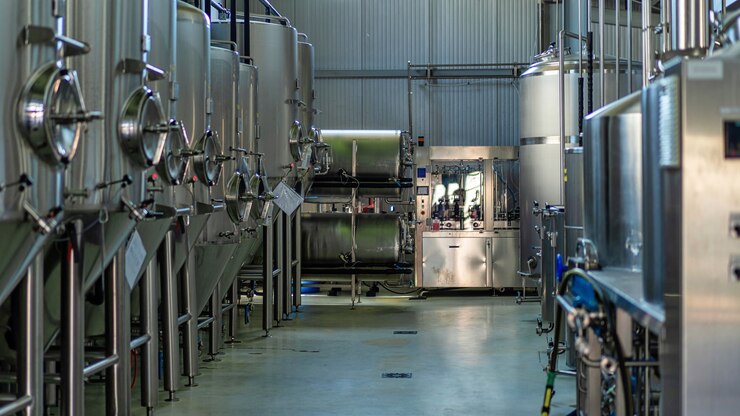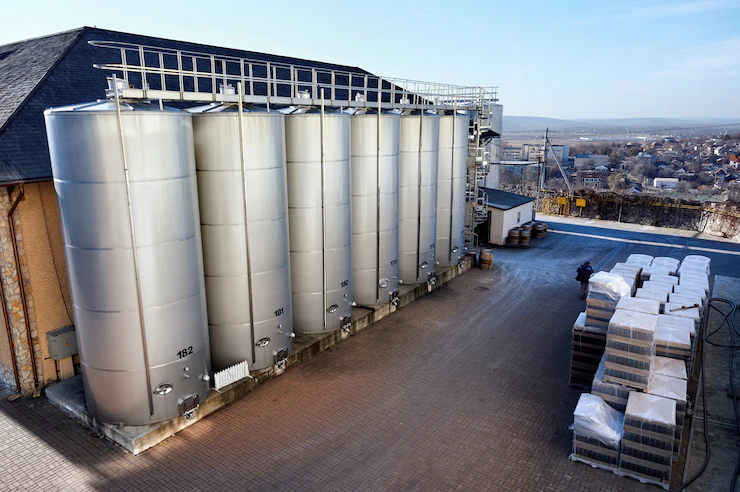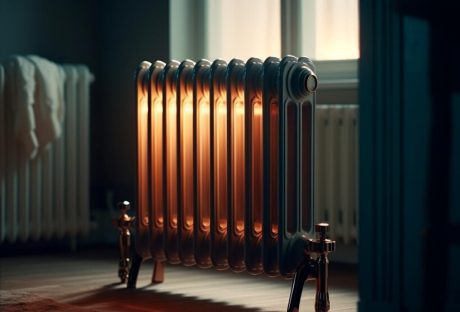Most people take hot water for granted. You turn on the faucet, wait a few seconds and you have hot water. It simply works, until it doesn’t. In the majority of cases, homes have a water tank.
This fills with cold water and relies on heating elements inside the tank, the exact number of elements will depend on the size of the tank. The elements take a short time to heat the water, the exact amount of time will depend on the number of elements in your tank and its size.
Of course, even in modern Australia, there are people surviving without hot water and some struggling with adequate water supplies. An issue that is likely to get worse.
Once the water has been heated up, the thermostat will turn off. When you use some of the water, the tank will top itself up and the heaters will reheat the water.
This approach means it’s possible to empty your tank and you’ll need to wait for it to refill and heat again. It takes time, but sometimes this takes much longer than it should, that’s when you know your water heater needs a little help.
Get It Serviced

The first step is to get your hot water heater serviced by a professional with experience in hot water servicing. This will highlight any issues and, if the servicing is done regularly, it should prevent any issues from escalating.
It’s advisable to get an annual service.
Flush The Tank
The professionals can do this for you or you can flush your hot water tank yourself. This is one of the most common issues and will slow the speed at which the heater can warm your water.
In effect, sediment from the water settles at the bottom of your tank. This reduces the ability of the heating elements to warm the water and can place additional strain on the tank. Sediment also encourages corrosion which can create leaks in your tank.
The best approach is to drain the tank and flush clean water through it several times. This should help to remove the sediment and improve the speed at which it heats the water.
Replace Heating Elements

Most hot water tanks have two or three heating rods. This is a more efficient approach and heats the water faster.? However, it is possible for one of the heating elements to fail while the others continue to operate. Naturally, this will slow down the speed at which the water can be heated.
If two elements fail then you’re likely to notice the tank takes a long time to heat and the water will probably be cooler than normal.
Size Of Tank
The smaller the tank the faster it will reheat the water Of course, go too small and the tank will run out of water mid-shower. But, if the tank is too large it will take much longer for the water to reheat, which can be frustrating. The only cure is to replace the water heater with one that’s the right size.
Read Also:





















